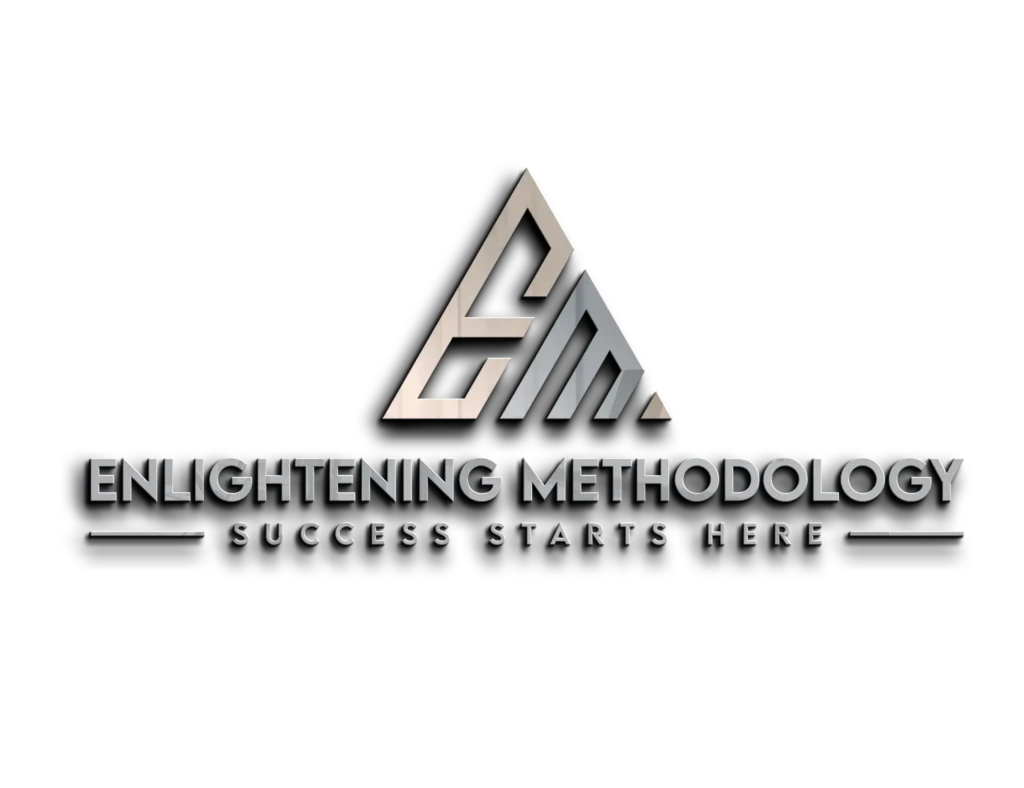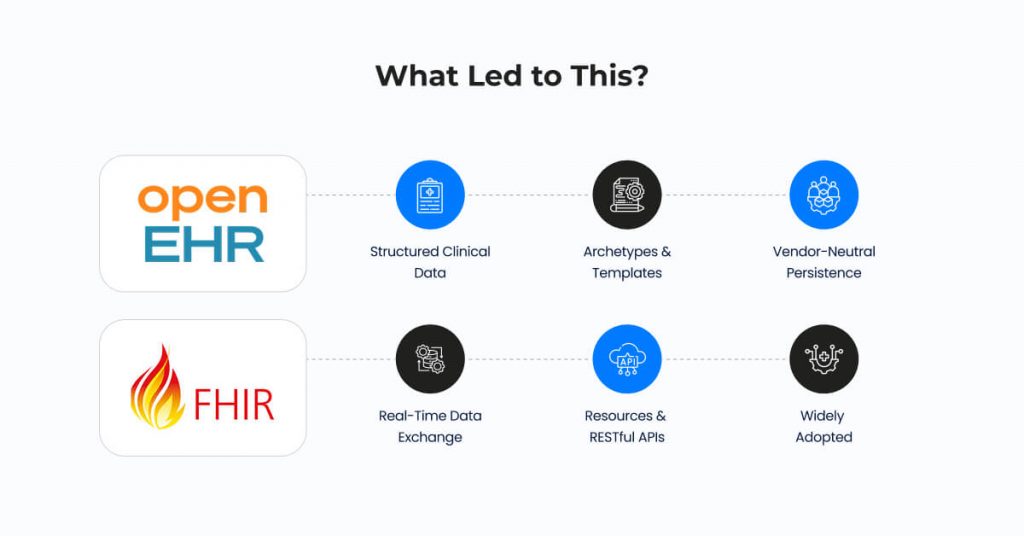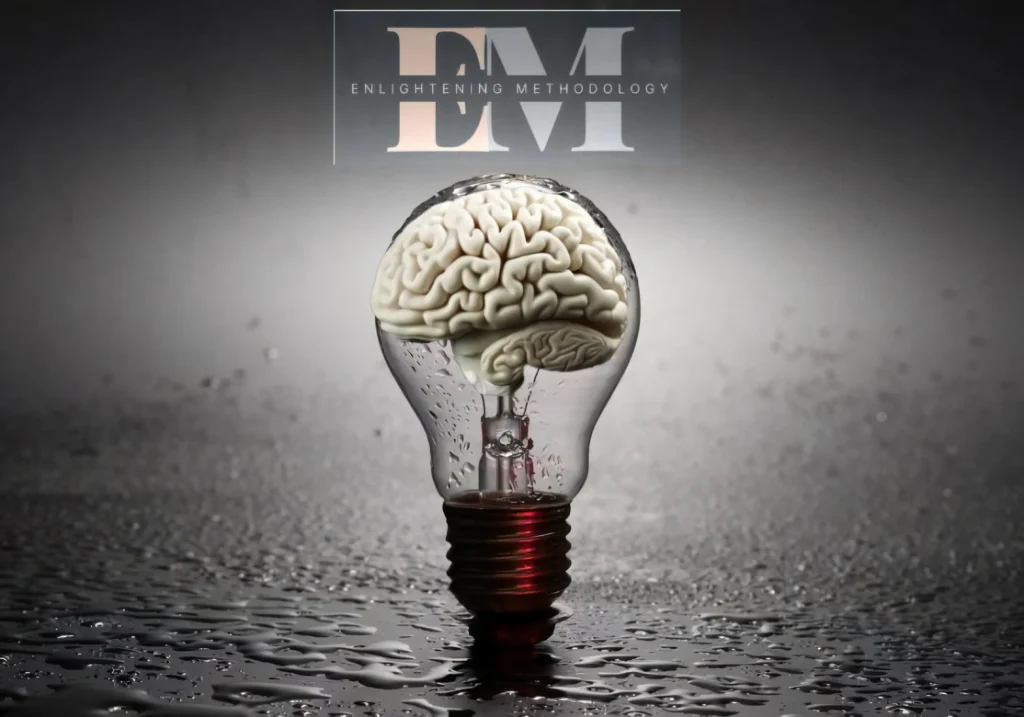Migrating EHR data is not just copying files from one system to another. It is a detailed process that needs careful handling of private patient information. Healthcare organizations in the United States face several important challenges during this process.
1. Large Volume and Complexity of Data
Healthcare organizations collect a large amount of patient data in many formats. These include clinical notes, test results, images, prescriptions, and billing details. When moving data from an old EHR system to a new one, all these different data types must be combined and changed without losing important details. For example, UMass Memorial Health Care moved over a petabyte of data, showing how big and complex this can be. Managing such a large amount requires strong computer systems and clear focus on important information to keep the new system from getting overloaded.
2. Data Mapping and Transformation Issues
Each EHR system arranges data in its own way. So, correctly matching old data fields to new ones is very important to keep data correct. If this is done wrong, patient records may be incomplete or mistaken, which can cause problems in medical decisions. Tools like Extract, Transform, Load (ETL) software and XSLT help make this mapping and changing easier. But they must be tested a lot to avoid mistakes. For example, if data is not mapped right, lab test instructions might not reach the lab staff, causing big problems with work routines.
3. Ensuring Data Quality and Integrity
Accurate data is very important for patient safety. Errors like duplicate records, missing information, or wrong patient IDs can cause wrong treatments or medical errors. Many healthcare groups do not spend enough time cleaning and checking data before moving it. Jim Hennessy, President of e4health, says there are five key steps to improve data quality: strategy and planning, patient identity management, migration and validation, document management, and manual data checking. Following these helps keep data clean and trustworthy for doctors and nurses.
4. Downtime and Workflow Disruptions
Moving EHR data can cause the system to be down or disrupt normal work. This can hurt patient care and slow down the medical office. To avoid this, organizations should plan migrations during times with fewer patients or move data step by step. Having backup plans also helps keep work going smoothly if unexpected problems happen.
5. Compliance and Security Requirements
Patient data is protected by strict laws in the United States, like HIPAA. Losing or exposing data during migration can lead to big fines and harm the organization’s reputation. To prevent this, organizations must do risk checks, encrypt data while moving and storing it, control who can access data, and keep records of data use to stay safe and legal.
HIPAA-Compliant Voice AI Agents
SimboConnect AI Phone Agent encrypts every call end-to-end – zero compliance worries.
6. Staff Training and Adaptation to Change
Switching to a new EHR system means staff have to learn new ways of working and new tools. Without enough training, staff might resist the changes, work less efficiently, or make mistakes. Training should be designed for different roles, like doctors, nurses, and office workers, to help them feel confident and capable. Ongoing support and learning help staff adjust and use the system well.
7. Rigorous Testing and Validation
Testing the new system is very important to find and fix problems before moving all data. Different tests, like unit testing, integration testing, and user acceptance testing (UAT), help IT teams and users check that everything works properly. Healthcare staff should be part of testing because they know how clinical work flows. Testing should also continue after migration to keep the system working well and following rules.
Best Practices for Healthcare Organizations to Achieve Successful EHR Migration
Due to these challenges, healthcare organizations in the United States should follow certain good practices to make EHR migration smooth and safe.
1. Develop a Comprehensive Migration Plan
A detailed plan needs clear goals, schedules, resources, and ways to handle risks. Almost 70% of IT projects fail because they don’t plan well. Including everyone involved — doctors, IT staff, and administrators — helps make sure everyone understands the plan and works together. Clear communication prevents surprises and helps fix problems quickly.
AI Call Assistant Manages On-Call Schedules
SimboConnect replaces spreadsheets with drag-and-drop calendars and AI alerts.
2. Prioritize Essential Data and Archive Redundant Information
Not all data is equally important. Picking out vital patient records and storing older or unneeded data separately makes the transfer simpler and safer. This also helps control the size of data being moved.
3. Establish Robust Data Mapping and Automated Transformation
Using tools like ETL software and data schemas helps create exact connections between old and new data. These tools reduce mistakes and speed up the transfer. But they must be checked carefully through thorough testing to ensure accuracy.
4. Conduct Thorough Data Cleaning and Validation
Before moving data, removing duplicates, making formats consistent, and checking records helps avoid carrying errors into the new system. Using data quality tools together with staff knowledge helps keep data trustworthy. Good data improves patient safety and office work flow.
5. Plan Migration Activities Around Off-Peak Hours
Scheduling migration during times when fewer patients are seen reduces disruptions. Moving systems in small parts, like one department at a time, also cuts down downtime compared to switching everything at once.
6. Implement Stringent Security Measures
Encrypting data during transfer and while stored, controlling access, and keeping audit trails follow HIPAA rules and other laws. Healthcare groups should work with vendors who understand healthcare security well. Cloud providers with special security features can make protection better during migration.
7. Provide Comprehensive, Role-Based Staff Training
Training should match the needs of different users, such as doctors, nurses, office staff, and IT people. Using hands-on practice, online materials, and ongoing help builds confidence and skills in using the new system. This reduces resistance to change and keeps work running smoothly.
8. Engage in Rigorous Testing and Quality Assurance
Testing each part, checking how parts work together, and user approval testing help ensure the system fits clinical needs. Including healthcare staff in testing can find problems in workflows early, avoiding troubles later.
9. Use Real-Time Monitoring During Migration
Tools that watch the process live can find and fix problems like errors or slowdowns faster. Studies show real-time monitoring finds up to 30% more issues, which helps cut downtime and data loss.
10. Secure Post-Migration Support and Feedback Mechanisms
Migration does not end after data moves. Having teams ready to support users, fix problems, provide updates, and collect feedback helps keep improving the system after the move.
AI and Workflow Automation: Modern Tools Supporting EHR Data Migration
Artificial intelligence (AI) and automation are playing a growing role in making EHR data migration and healthcare work easier. For medical practices and hospitals in the U.S., AI tools can be helpful when upgrading EHR systems.
AI-Powered Data Cleaning and Validation
AI tools can find duplicate or wrong patient records automatically. This saves time and reduces manual checking. Smart algorithms match patient identities accurately, lowering risks of duplication or mix-ups. This helps keep care consistent and data quality high during migration.
Automated Data Mapping and Transformation
AI systems can study data formats in old and new EHRs to create exact mapping rules. These tools learn from past mappings to get better over time. Using AI reduces human mistakes and speeds up the migration process.
Natural Language Processing (NLP) for Unstructured Data
Clinical notes and other free-text data are hard to move because they are not organized. NLP technology can pick out important information from these notes and put it into structured fields in the new EHR. AI helps make sure important patient details are not lost.
Intelligent Workflow Automation in Front-Office Operations
AI automation goes beyond data migration and helps daily clinic work. AI-powered phone systems can handle appointment scheduling, answer patient questions, and send routine messages. This reduces workload on staff and lets them focus more on patient care.
For example, some companies offer AI-based phone automation to help clinics reduce missed calls and improve responses. This keeps operations running well during and after EHR changes.
Continuous Learning Systems for Post-Migration Optimization
AI can watch system use and performance after migration. It can find where users struggle or where the system slows down. This helps target extra training or change workflows to fit the new EHR better.
Specific Considerations for Healthcare Organizations in the United States
- Strict Rules: Laws like HIPAA require strong data protection that cannot be changed. Breaking these rules can bring big fines.
- Growing Cloud Use: Nearly half of healthcare groups are moving to cloud-based EHRs. Clouds offer easy scaling and quick sharing but need good security to stop costly breaches.
- Budget and Resource Challenges: The U.S. healthcare system has complex payment systems and cost pressures. Some practices might not budget enough for data cleaning, risking migration failure.
- Varied IT Systems: Many groups use many older systems. Smooth connection between different systems during and after migration is important to keep care coordinated.
- Staff Training Under Workforce Shortages: Many healthcare workers face staff shortages and burnout. Efficient training programs are needed so system changes do not add to their stress.
Moving EHR data brings many challenges to healthcare groups in the U.S. By using strong planning, managing data well, following security rules, and using AI tools, medical practices and hospitals can limit problems, keep patients safe, and make work better over time. Working closely with experienced vendors and involving everyone from planning through support after migration helps make the move successful.
Encrypted Voice AI Agent Calls
SimboConnect AI Phone Agent uses 256-bit AES encryption — HIPAA-compliant by design.
Frequently Asked Questions
What are the key challenges in EHR data migration?
Key challenges include data volume and complexity, data mapping and transformation, data quality and integrity, downtime and workflow disruption, compliance and security, staff training and adaptation, and testing and validation.
How can healthcare organizations manage data volume and complexity during migration?
Organizations should prioritize essential data, archive redundant data, use data compression techniques, and invest in scalable infrastructure to handle large datasets efficiently.
What strategies can be employed for effective data mapping and transformation?
Develop a detailed data mapping strategy, utilize ETL tools, automate the process, and conduct thorough testing to ensure data mapping accuracy.
How can the integrity of data be maintained throughout the migration process?
Implement data quality assessment tools, establish validation checks, perform cleansing processes, and involve data stewards to review and validate data quality.
What measures can minimize downtime and workflow disruption during migration?
Plan migration during off-peak hours, consider phased migration approaches, and implement robust contingency plans for unexpected downtime.
How can compliance and security be ensured during data migration?
Conduct risk assessments, encrypt data during transit and at rest, and implement access controls to restrict unauthorized access.
What is the importance of staff training during EHR migration?
Comprehensive training is crucial for staff to effectively use the new EHR system, minimizing resistance to change and easing the learning curve.
What types of testing are necessary before full-scale migration?
Develop a testing plan that includes unit testing, integration testing, and user acceptance testing (UAT) to identify and rectify usability issues.
How can healthcare organizations address potential errors or data corruption during migration?
A rigorous testing phase is essential to identify issues, validate data quality, and ensure the system’s functionality before fully migrating.
What resources can enhance the likelihood of a smooth EHR migration?
Seeking the expertise of experienced consultants or EHR vendors with successful migration records can significantly improve the chances of a smooth transition.
The post Navigating the Complexities of EHR Data Migration: Key Challenges and Best Practices for Healthcare Organizations first appeared on Simbo AI – Blogs.






